#Julie somova
Text


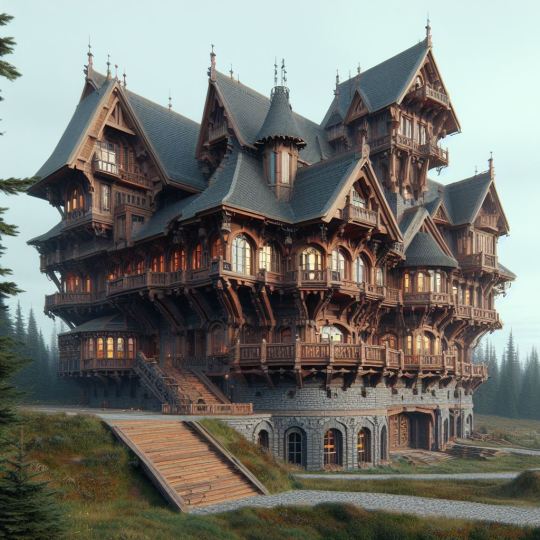
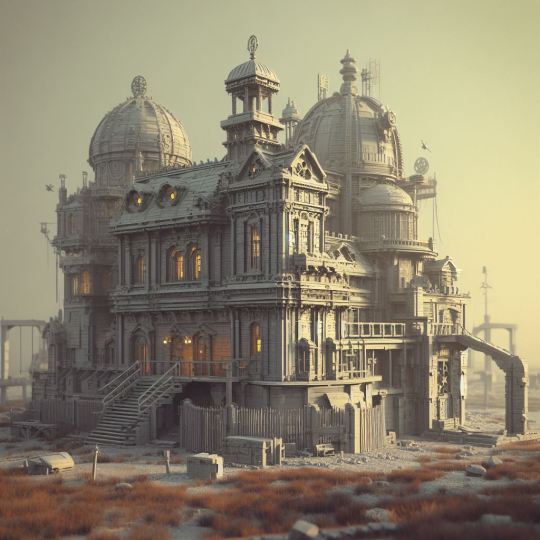

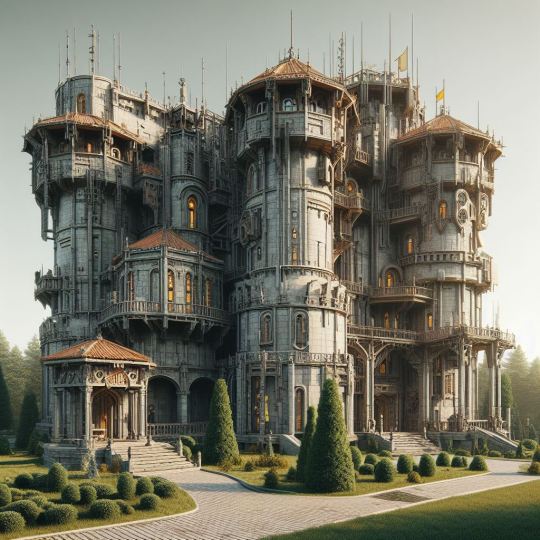




Slavic cyberpunk
славянский киберпанк
AI от Microsoft Bing на платформе DALL·E 3
#yura karetin#yuriy karetin#yura15cbx#юля сомова#юрий каретин#юра каретин#julie somova#авраам эдельберг#искуственный интеллект#AI#artificial intelligence#ai generated photos#ai generated#ai art generator#ai art generation#generative art#юрочка каретин#computer generated image#славянский индастриал#славянский ретрофутуризм#славянская инопланетная архитектура#славянский футуризм#славянский постапокалипсис#славянская архитектура#украинский киберпанк#украинская архитектура#украинский ретрофутуризм#славянская фантастическая архитектура
2 notes
·
View notes
Text
Всё об Ирландии Discoveries... Ireland
(Jim Watt, Kelly Watt) 2001
документальное видео, города и веси, Европа, путешествия, города и страны,documentary videos, cities and towns, Europe, travel, cities and countries, документальне відео, міста та весі, Європа, подорожі, м��ста та країни
Милая Франция (10 серий из 10)
Douces Frances (Хавье Лефебре Xavier Lefebvre) 2011
документальное видео, города и веси, Европа, путешествия, города и страны,documentary videos, cities and towns, Europe, travel, cities and countries, документальне відео, міста та весі, Європа, подорожі, міста та країни
Waterfront Cities. Города у моря.
документальное видео, города и веси, Европа, путешествия, города и страны,documentary videos, cities and towns, Europe, travel, cities and countries, документальне відео, міста та весі, Європа, подорожі, міста та країни
Vertical City. Вертикальный город.
документальное видео, города и веси, documentary videos, cities and towns, travel, cities and countries, документальне відео, міста та весі, міста та країни, архитектура, небоскрёбы, architecture, skyscrapers, архітектура, хмарочоси,
China. Китай.
документальное видео, города и веси, Азия, путешествия, города и страны,documentary videos, cities and towns, Asia, travel, cities and countries, документальне відео, міста та весі, Азії, подорожі, міста та країни
https://t.me/media_yura15cbx/1474
#yura karetin#yura15cbx#[email protected]#yuriy karetin#авраам эдельберг#юрка каретин#юрочка каретин#юля сомова#юленька сомова#юлечка сомова#юлька сомова#юляшка сомова#юра каретин#[email protected]#avraam edelberg#July Somova#julia somova#yulia somova#julie somova#somova julie#Karetin Yuriy#karetin yura#каретин юра#каретин юрий#каретин юрочка
0 notes
Text

CA V Project - Starchild (HD)
cellular automata клеточные автоматы 元胞自動機 automi cellulari automaty komórkowe
#клеточные автоматы#клеточная музыка#cellular music#клеточная светомузыка#Юра каретин#юрий каретин#yura15cbx#Yuriy Karetin#yura karetin#avraam edelberg#авраам эдельберг#юлия сомова#юля сомова#yulia somova#Julia somova#July somova#Julie somova
0 notes
Text
Были ли бы Пушкин фашистом, живи он в наше время?
Были ли бы Пушкин сторонником "русского мира", живи он в наше время в России? На первый взгляд, вопрос риторический. Но, по видимому, его риторическим сочли бы как те, кто дали бы на него отрицательный ответ, так и те, кто дали бы положительный. И действительно, если оглянуться на XX век, а также посмотреть на тотальную фашизацию сегодняшней российской культуры, если оценить сложность личных путей деятелей культуры, не редкую противоречивость их воззрений, а также смесь посылов самого Пушкина, сегодня выдаваемых то за как-бы имперские, то за как бы свободно-демократические, то вопрос этот окажется не таким уж однозначным.

#подкаст#литература#история#Пушкин#Юрий Каретин#Каретин Юрий#Каретин Юрий Александрович#Юрий Александрович Каретин#yura15cbx#Yuriy Karetin#Karetin Yuriy#yura karetin#Karetin Yura#Yuriy Alexandrovich Karetin#Yuriy Aleksandrovich Karetin#Karetin Yuriy Aleksandrovich#Karetin Yuriy Alexandrovich#yu.a. Karetin#yu. a. Karetin#Karetin yu.a.#Karetin yu. a.#юра каретин#каретин юра#юля сомова#сомова юля#юлия сомова#сомова юлия#yulia somova#somova yulia#July Somova
1 note
·
View note
Text

Alina Somova as Juliet and Philipp Stepin as Romeo,, "Romeo and Juliet" choreography by Leonid Lavrovsky, music by Sergei Prokofiev, libretto by Andrian Piotrovsky, Sergei Prokofiev, Sergei Radlov and Leonid Lavrovsky, Mariinsky Ballet (new stage, July 18, 2019) "XXVII Music Festival Stars Of The White Nights", Saint Petersburg, Russia (May 22 to July 21, 2019)
Photographer Natasha Razina
72 notes
·
View notes
Note
To the anon asking about Oksana: somebody told me that the company doesn't give new-mother dancers too many performances--especially those that are difficult. But I'm not sure if the argument holds because she still got SL and Sylvia and so many performances in June so it's pretty wierd. They could be giving Raymonda to new dancers while the senior primas still get it because there isn't that many years left for them to dance.
Oh completely agree about new mothers, we saw that with Alina Somova last year. I would be surprised if Oksana didn’t have a say in which full length she danced first and Swan Lake is a natural choice for her and that performance was at the end of May. The other two full lengths were Giselle in June and Swan Lake in July. So honestly 3 full lengths in three months isn’t THAT bad, especially for a young ballerina who is very comfortable in those roles. I don’t count Sylvia as a full length because she was injured/hurt and had to be replaced by Nadezhda Batoeva in the final act. The rest of her performances were one-acts: In the Night and Diamonds. She only danced 6 times in 3 months.
I don’t want to talk about their casting for Raymonda. I am VERY protective about that ballet, I absolutely love it, and honestly this casting is the most upsetting for me. I don’t think a second year dancer should dance it, it’s going to be a hot mess, possibly worse than the Bayadere mess.
#oksana skorik#ballet ask#swan lake#raymonda#giselle#in the night#diamonds#nadezhda batoeva#mariinsky ballet#favorite ballerina#Anonymous
0 notes
Text
In contrast, materials in traditional pointe shoes by Freed, Capezio, Bloch, and Grishko are the same as 100 years ago, consisting of tightly packed layers of paper, cardboard, burlap, and/or fabric held together by glue. The material is compressed into an enclosure (toe box) that surrounds the dancers’ toes so that her weight rests on the platform. The shank is generally made of cardboard, leather, or a combination. With traditional materials, the shoes don’t last long. Grishko pointe shoes last between 4-12 hours, according to the company website. Given the long class/rehearsal/performance schedules, a typical dancer goes though many shoes in a year.
One major company that stands alone in using modern materials is Gaynor Minden. Rather than using paper, cardboard, and glue, Gaynor Minden shoes have modern materials for its shanks and boxes. Relative to traditional shoes, Gaynor Minden shoes last longer, are quieter, and have linings designed to reduce discomfort and limit injuries. Even with these positives, the shoes are controversial in some circles in the ballet world where tradition is cherished. This post takes a closer look at modern shoes, shedding light on the shoes and the behind the scenes controversy, a topic foreign to most ballet fans.
Gaynor Minden History
Eliza Minden is the Head of Design at Gaynor Minden having spent nearly a decade researching and developing pointe shoes, testing hundreds of prototypes in the process. A former avid amateur dancer, she had witnessed the introduction of high-tech materials into athletic equipment and believed from an early age that pointe shoes could also be improved with the use of modern materials. “I was outraged that dancers were expected to perform in such crummy shoes. Dancers are elite athletes. What they do is as difficult as what rock climbers and football players do. Yet they are expected to perform these athletic and artistic miracles in shoes made of paper and cardboard,” she says in the video below.
youtube
After graduating from Yale, she continued her search for a better shoe, slicing open dozens of pairs of shoes to learn more about the contents. In 1986, she discovered a shoemaker that specialized in special requests. After testing numerous versions, she began mass-producing shoes at a factory in Lawrence, Massachusetts in the late 1980s. The shoes use elastomerics (material that is able to resume its original shape when a deforming force is removed) rather than the traditional materials. The toe box and shank are made of one piece, covered by a shock-absorbing panel of high-density urethane foam, which adds protective cushioning throughout the shoe. The result is a shoe that is quieter, more durable, does not need to be broken in, and provides the dancer with more protection, possibly reducing injuries.
Eliza built a clientele by visiting cities with ballet schools, focusing her marketing on young dancers. Eliza and John Minden opened their first store in the Chelsea section of Manhattan in 1993, the same as their current store.
In addition to using modern materials, Gaynor Minden is unique among major pointe shoe manufacturers as it was started by a woman (with her husband John) in a male dominated industry: Bloch (Jacob), Capezio (Salvatore), Freed (Frederick), Grishko (Nicolay), and Sansha (Franck Raoul-Duval).
Academic Research
Eliza believed the modern materials would lead to a more durable shoe with more protection for the dancer. The limited academic research appears to confirm this. Cunningham et al. published a study in the Journal of Sports Medicine that examined the durability of pointe shoes. They ran the shoes through a mechanical stress and recorded the number of cycles before the shoes failed. The results are as follows:
Freed 8,868
Capezio 24,592
Grishko 71,817
Gaynor Minden 268,646
The results show that the Gaynor Minden shoes last 3.7 times longer than Grishko and 30 times longer than Freed. The authors conclude:
• “Fatigue testing of the shoes demonstrated one highly significant difference. The Gaynor Minden pointe shoe exhibited a fatigue range approximately 10 times higher than that of the other shoes tested. The static properties of the Gaynor Minden shoe were not so inordinately high as to predict the correspondingly high fatigue properties.”
• “The high threshold of elastic limitation, evident by the long fatigue life, presents itself as the distinguishing mechanical characteristic of the Gaynor Minden pointe shoe.”
In an unpublished study led by a professor of Podiatric Medicine at Temple University, researchers studied 20 dancers using foot pressure assessment systems. They conclude:
• “Compared to the traditional pointe shoe, the synthetic pointe shoe demonstrates superior pressure absorption and motion control properties.”
• “These results demonstrate that the incorporation of modern, synthetic materials improves the stability and alignment of the foot and ankle while decreasing strain and pressure on dancers’ feet which contribute to chronic stress injuries and disability.”
Academic studies on durability are nice, but does this result hold in the real world? I asked dancers how many shoes they go through in a year:
Gillian: I go through about 20 pairs in a Met season (eight week season) and a total of 50 pairs throughout the year.
Olivia: I go through about 30 pairs a season including when we go on tour. The Royal Ballet season starts in September and roughly ends in July. We do on average 130-140 shows per year and I’m involved in roughly 90% of the performances.
Bridgett: It’s hard to calculate, but during rehearsal periods I go through a pair about a pair every two weeks. I like to keep old shoes because I can often reuse them. During performances, the stage, rosin and pancake take their toll so I can go through a pair every two days.
Dancers wearing Gaynor Mindens go through far fewer shoes than dancers in traditional brands. I estimate that a typical NYCB dancer (most wear Freed) uses about 170 pairs of shoes a year. I estimate as follows: NYCB claims that it spends $600,000 a year on pointe shoes. An estimate of $70 per pair (Freeds retail for $80-$90, but ballet companies pay less than the retail price. In an NYCB video, the company shoe master mentions that the company pays $67.50 per pair) leads to 8,600 shoes a year. With approximately 50 female dancers, that comes to about 170 pairs per dancer a year. A typical ABT dancer uses 160 shoes a year (ABT spends $500,000 a year on pointe shoes, which leads to 7,100 pairs of shoes a year split among approximately 45 female dancers at a cost of $70 per shoe).
Shoe Cost
The cost savings from Gaynor Minden shoes is large. I assume a cost of traditional shoes to a ballet company of $70 and $90 for Gaynor Minden. I don’t know how much Gaynor Minden charges ballet companies, but I use an estimate of $90 (a pair of Gaynor Minden custom made shoes retails for $110).
_______________# Shoes Per year Cost Per Shoe Total Cost
Traditional 160 $70 $11,200
Gaynor 40 $90 $3,600
Difference $7,600
The total cost savings of Gaynor Minden shoes over traditional shoes is $7,600 per year per dancer. Major ballet companies like The Royal Ballet and ABT have between 40-50 female dancers. With 45 dancers, the cost savings is about $340,000 a year.
The Controversy
Relative to traditional shoes, Gaynor Minden shoes last longer, are quieter, and have more protection designed to reduce discomfort and limit injures. What’s not to like?
Plenty in the traditional ballet world, where change is difficult to deal with. Despite the advantages of the shoes, some dislike the notion of modern materials in pointe shoes and the shoes were very controversial when they first came out, with questions regarding the look of the shoe and whether they were appropriate for high-level dance.
Kevin Conley of The New Yorker has a great 2002 piece on the pointe shoe controversy. The article has a number of rhetorical jabs at Gaynor Minden shoes from NYCB associated individuals. Since the 1960s, NYCB dancers have predominately worn Freed pointe shoes.
• Merrill Ashley, a former NYCB Principal Dancer finds the shoes “…appalling, quite frankly.” She refuses to refer to Gillian by name, instead referring to her as “the principal dancer” in “one of the major companies.” She objects to the look of the shoe: “I just can’t imagine being a professional dancer and wearing those. Aesthetically, from the audience, they look bad.”
• Former NYCB Principal Dancer Suki Schorer approached Gillian in class and asked, “Why do you wear those space-age shoes?”
• Katy Keller, a physical therapist for NYCB says about the shoes: “For the slightly less proficient dancer, the amateur, the student, it’s a great thing to have facilitated balance. But professionals don’t necessarily want that.”
A lot has changed since 2002 and the controversy has dissipated as more stars have adopted the shoes. In addition to Gillian, Olivia, and Bridgett, Alina Cojocaru (English National Ballet), Yekaterina Kondaurova (Mariinsky), Anastasia Matvienko (Mariinsky), Evgenia Obraztosva (Mariinsky), Alina Somova (Mariinsky), and Zvetlana Zakharova (Bolshoi), are currently wearing the shoes. Given that lineup, it’s hard to argue the shoe is not for high-level dancers. Moreover, teachers and artistic directors recommending the shoes on the Gaynor Minden website include Maria Calegari, Bart Cook, Melissa Hayden, Gelsey Kirkland, and Igor Zelensky. Noteworthy that all are former NYCB dancers.
Younger dancers are more willing to consider shoes with modern materials as the controversy fades. Katherine Higgins, an up and coming 18-year-old dancer at the Paris Opera Ballet and medalist at prestigious ballet competitions including Prix de Lausanne, Youth America Grand Prix, Helsinki, Varna, and Moscow, doesn’t perceive much controversy among younger dancers. “If any controversy pertaining to these shoes ever existed, it is rapidly vanishing. I remember hearing once from a teacher that Gaynors were a ‘cheater shoe’ but my experience has been just the opposite, as I have gained enormous strength since switching to Gaynor Minden. Obviously, some brands work better than others for a particular dancer. However I find that many ladies my age embrace the shoe and all of its positive characteristics.”
The health and safety benefits may resonate more with younger dancers over time as the old school philosophy summarized by Suki Schorer “Ballet isn’t about health. It’s an art form,” fades (quote from Conley article). It’s not just the arts that are sometimes slow to embrace improvements in safety, as the same tendency exists in sports. Hockey helmets are an example as some players avoided them, saying they reduced their field of vision; I suspect the real reason was an attitude that real men don’t wear helmets. Now all players wear them.
Currently, there are a few modern pointe shoe options. In early 2014, Bloch introduced a shoe with stretch fabric that allows the shoe to hug the foot when on pointe; with multiple patents and the latest in stretch materials, “one seamless, flawless line is now a reality” according to Bloch. According to Brio Body Wear, the stretch fabric back and outer split sole allow the shoe to “hug the foot when on pointe so the shoe looks better and feels more secure.” “The rest of the shoe is fairly conventional with the exception of the shanks that aren’t tacked together at the heel to allow them to snug up under the arch for better support from the shank,” says Brio.
There are niche start-up companies trying gain traction in the competitive pointe shoe industry such as Capulet and Flyte. According to Popular Science, the Capulet d3o shoe uses a thickening fluid used in products such as soccer balls and ski gear. The material provides flexibility under slow static movements, but stiffens on impact to protect the dancer’s toes. Flyte pointe shoes feature polymer compounds of varying strengths that give the shoe both rigidity and flexibility. Another innovation is the ribbon attachment mechanism that allows quick attachment of ribbons, according to the company website. Although innovative, I couldn’t find mention of any ballet company dancers wearing the shoes.
The market has been slow to embrace innovation, with few alternatives outside of Gaynor Minden. It will be interesting to see if more modern shoes will be introduced in the future as the stigma from wearing non-traditional shoes fades.
Dancers on Gaynor Minden
I asked Gillian, Bridgett, Olivia, and Katherine a few questions regarding their Gaynor Minden shoes, similar to the ones I asked NYCB’s Emily Kikta, Lara Tong and Miami City Ballet’s Rebecca King about their Freed shoes in my previous post. One constant across all the dancers is they have a strong attachment to their shoe brand.
What factors led you to choose Gaynor Minden shoes?
Gillian: I loved pointe shoes from the first moment of trying them on (right before my tenth birthday), but over time I started looking for shoes that were more consistent, fit me better, and made less noise. I tried every type of pointe shoe (Capezio, Grishko, Chacott, Freed, Repetto, etc.). At age 15, I first heard about Gaynor Minden shoes at the Jackson International Ballet Competition, and I’ve now worn them for twenty years!
Olivia: I have very narrow feet. As a result, I was getting a lot of foot injuries as my pointe shoes at the time were actually stopping me from moving naturally. I realized I was actually fighting with my pointe shoes rather than the shoes extending my line. I moved to Gaynor Minden and the fight stopped! That was eight years ago.
Bridgett: I suffered from a non-union stress fracture in my second metatarsal in 2009 and had bone graft surgery to repair it. I had to basically start from scratch to get back again. I switched from Freed to Gaynor Minden and was able to recover completely with no problems. I really believe that they keep my feet much healthier.
Katherine: Wearing Gaynors has made me rely on my own strength instead of a hard shank of a shoe. At first, it was a challenge to get used to what felt like less support, until I built up the correct strength to lift out of the shoe on my own. Gaynors especially helped me discover the control of rolling through demi-pointe, which added a whole new nuanced dynamic to my dancing. It has saved me much expense as well. Going from a pair of shoes a day to a pair of shoes a month was incredible.
When/why do you discard a pair of shoes?
Bridgett: When a pair does get worn down, it’s usually the shank that becomes soft for me. If I use rosin they can get dirty.
Gillian: My shoes last a very long time, but they eventually get dirty from studio, stage, and backstage floors. They generally seem a tiny bit more supportive when they are brand-new, but they never break or stop supporting me. I like knowing that my shoes are not going to give out half way through a performance!
Olivia: I know it’s time to throw a pair away when the back starts to buckle and toe box starts to wear down.
Are your shoes custom made to your specifications? What is the process for having custom made shoes?
Shoes are vital for dancers so it is not surprising that the shoes worn by dancers at ballet companies are custom made.
Olivia: A ballet shoe has to fit you like a glove, so every dancer needs a couple of tweaks here and there. For me I asked the makers to cut off a centimeter from the side of the shoes to highlight my arch rather than swallow it.
Bridgett: I have the heal and sides cut down a bit so that the shoe looks more streamlined on my foot. The process for having custom made shoes with Gaynor Minden is very easy. It’s best to go to a shop where the staff has trained Gaynor Minden shoe fitters. They will then tell the factory and order the shoes for you.
Gillian: The Gaynor Minden website shows 2,951 custom sizes to fit each dancer’s exact box, shank strength, vamp, and heel shape (see photo at the top of the post for shoe components). This is a unique feature, and it means that once you determine your exact needs and fit, each pair feels custom made. Over the years my feet have expanded slightly, and I went back to the Gaynor Minden boutique in Manhattan and tried a slightly bigger size. With the help of the fitter in the boutique, I ended up with shoes that have a box 3 (slightly tapered, but not extremely tapered or square), extra-flex shank (firm support but flexible enough to feel at ease rolling through and articulating my feet), and a sleek vamp and heel (which fit the shape of my foot best). My only custom feature that goes beyond the readily available options is that I wear a 9.75N because I was feeling in-between a 9.5N and 10N. The factory stamps “Made Expressly for G. Murphy” in the inside of my shoes.
In a single performance, do you use more than one pair of shoes?
The pointe shoes you see a dancer wearing at the beginning of a performance may not be the same pair she will wear at the end. Dancers in traditional shoes tend to change shoes as the toe box softens. While durability is not an issue for Gaynor Minden shoes, dancers may change shoes during a performance for a cleaner pair. Individual preferences govern here and there is no consistent practice among dancers.
Gillian: I often do switch pairs in ballets such as Swan Lake, Sleeping Beauty, and Don Quixote because I like to wear a clean pair-that I haven’t been sweating in-as much as possible throughout a full-length performance. However, many times I have kept the same pair throughout a show and even for multiple shows if they still look new. Either way, after performing in my shoes I will wear that pair for rehearsals for a week or two afterwards in rotation with other pairs. I also end up giving away a lot of shoes before they look overly worn for ABT’s autographed pointe shoe campaign.
Olivia: I constantly swap shoes throughout my working day. It all depends on my repertoire at the time. For a classical role I usually like a newer, hard shoe, but for a neo-classical role I tend to lean towards a softer shoe where I can feel the floor more.
Bridgett: I like to keep the same pair throughout a performance.
Does the same shoemaker produce shoes for a particular dancer?
For Freed and Capezio, yes, for Gaynor Minden, no (I don’t know about the other shoe companies). The Freed website has a list of shoemakers with nicknames (such as Butterfly Maker, Club Maker, number of years making pointe shoes, and personal interests). The level of attachment between a maker and a dancer can be very strong as described by Merrill Ashley in The New Yorker article:
I had Maker 17. Philly was his name. And he retired right before I did. I thought, Maybe this is a hint. I can’t get used to another maker. It’s like changing husbands. It’s…It’s you!
In contrast, with Gaynor Minden, shoe orders go to the manufacturing plant and a number of makers can work on the shoe.
Bridgett: The greatest thing about Gaynor Minden is that every shoe is the same and you know exactly what to expect every time. There is no worry about having to make do with a bad pair or if your “maker” leaves. It takes so much stress out of a dancer’s life. Also on a side note…they last longer so it means less sewing!
Gillian: My favorite feature is the consistency of Gaynor Minden shoes. Once the specifications of the order are fully determined, it is a relief to know that each pair is performance-ready.
Olivia: As the shoes are handmade you can sometimes get the odd pair which is a bit wonky or the vamp is too high. But this is very uncommon for Gaynor Mindens.
Does Dancing on Pointe Hurt?
There is no getting around it, dancing on pointe after many hours leads to bruised toes, blisters, and damaged toenails. An unglamorous side of ballet that dancers cover up with beaming smiles during a performance.
Olivia: We don’t get blisters like some think. We get terrible bruising on the nail and many corns. Sometimes my nails just drop off as they are so damaged! It’s the unglamorous side of ballet! I put tiny bits of silicon onto badly affected toes and I wrap each toe in tape to prevent blisters.
Bridgett: I take extra precautions with my toes to ensure I don’t get blisters. I use silicone toecaps on every toe and also wear ouch pouch toe pads. There’s nothing more distracting than having a bad blister when you’re trying to concentrate on dancing so I take the time each day to keep my toes healthy and pain-free.
Gillian: My toes are quite tough, thankfully, so it is rare that I will get a blister or feel discomfort aside from the usual body aches and pains of standing and dancing all day. Generally I don’t wear anything inside my pointe shoes (no toe pads, bandages, etc.), but if I do get a blister, I will use a small square of Second Skin and a band-aid.
0 notes
Text
amorphous Ludwig Mies van der Rohe
аморфный Ludwig Mies van der Rohe










#аморфная архитектура#юрий каретин#юрочка каретин#юра каретин#юля сомова#yura15cbx#yuriy karetin#yura karetin#искуственный интеллект#авраам эдельберг#julie somova#аморфные формы#аморфные конструкции#архитектура будущего#3D печать в архитектуре#напечатанные здания#биоморфные формы#биоморфная архитектура#самоорганизованная архитектура#архитектурные биоформы
1 note
·
View note
Text


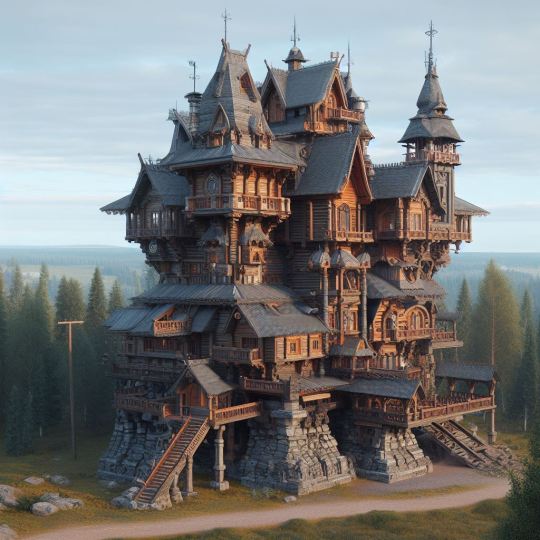




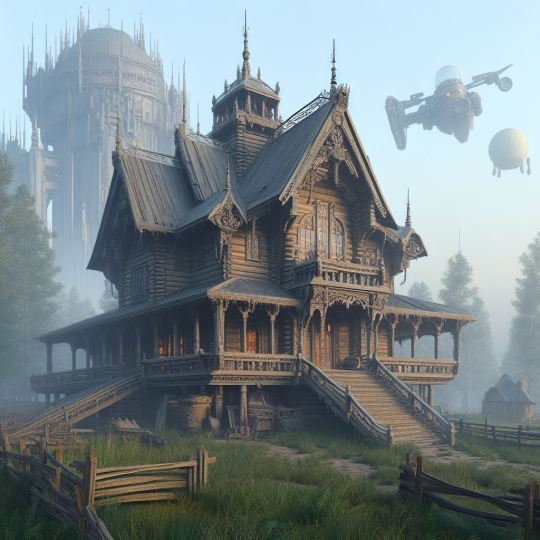


Slavic cyberpunk
славянский киберпанк
AI от Microsoft Bing на платформе DALL·E 3
#スラブ産業#スラブのレトロフューチャリズム#スラブ系外国人の建築#スラブ未来主義#スラブの黙示録後#スラブ建築#ウクライナのサイバーパンク#ウクライナの建築#ウクライナのレトロフューチャリズム#スラブのファンタジー建築#юрий каретин#юля сомова#yura15cbx#yuriy karetin#юра каретин#yura karetin#авраам эдельберг#юрочка каретин#julie somova
0 notes
Text

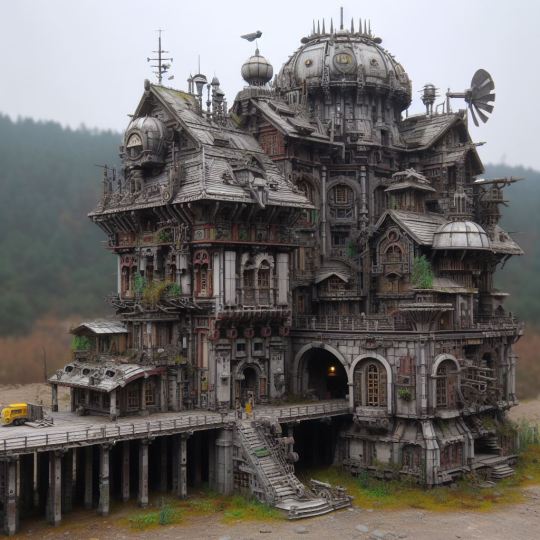

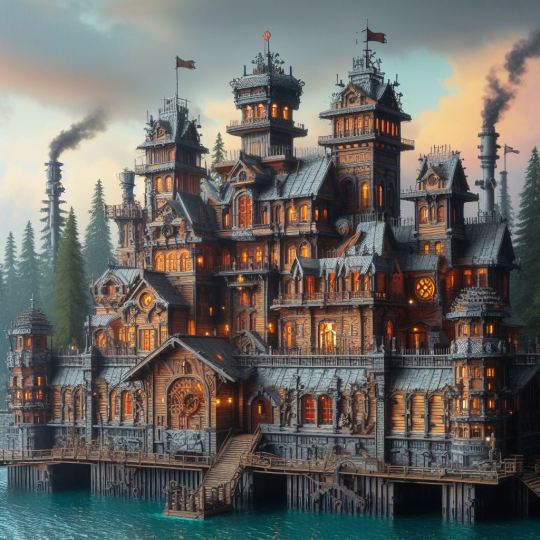


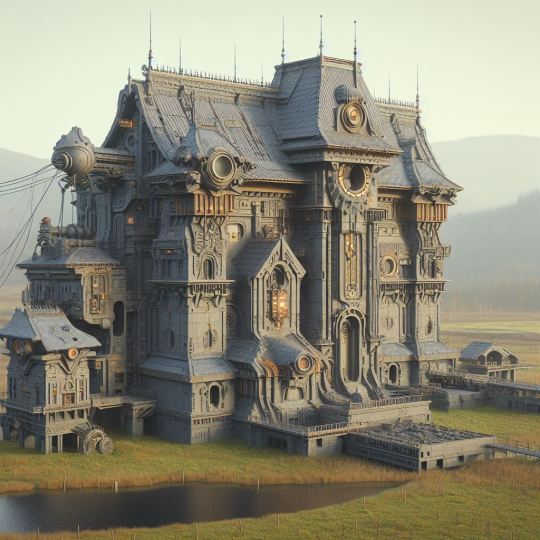


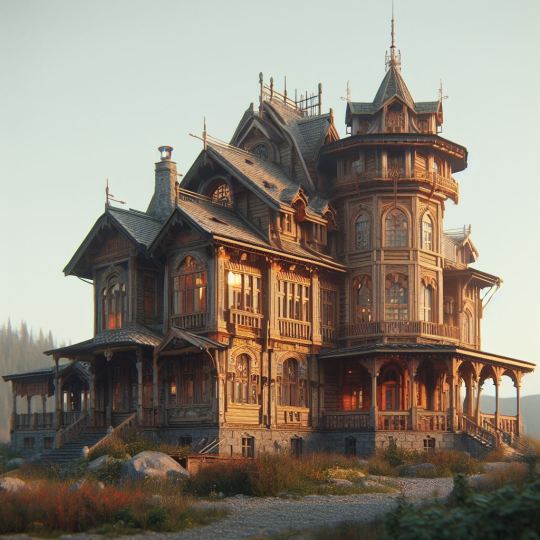
Slavic cyberpunk
славянский киберпанк
AI от Microsoft Bing на платформе DALL·E 3
#слов'янський індастріал#слов'янський ретрофутуризм#слов'янська інопланетна архітектура#слов'янський футуризм#слов'янський постапокаліпсис#слов'янська архітектура#український кіберпанк#українська архітектура#український ретрофутуризм#слов'янська фантастична архітектура#юра каретин#yuriy karetin#yura karetin#юрий каретин#yura15cbx#юля сомова#юрочка каретин#julie somova#авраам эдельберг#искуственный интеллект
0 notes
Text





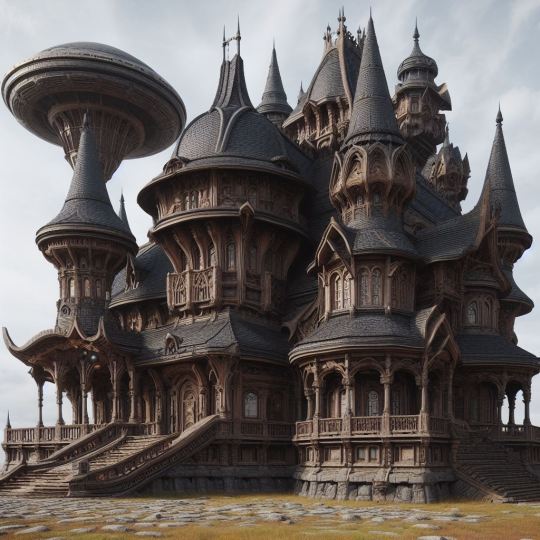


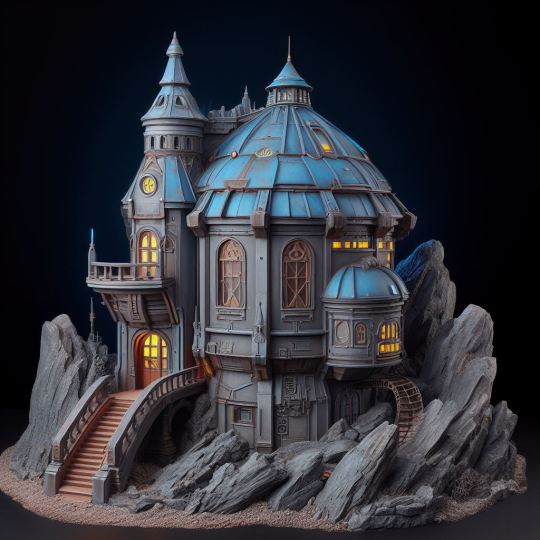
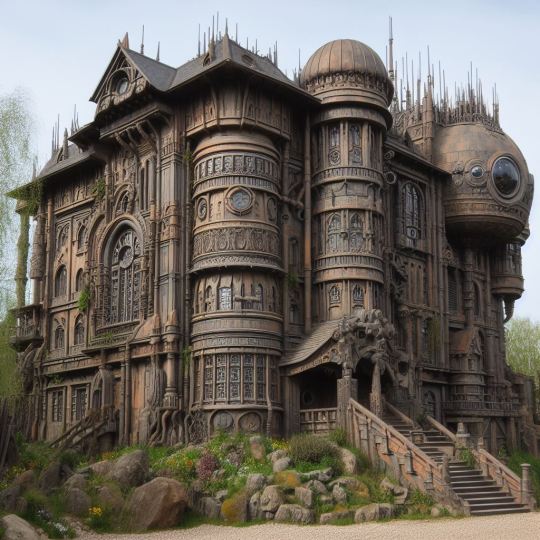
Fortress houses from all over the galaxy.
Дома-крепости со всей галактики.
AI от Microsoft Bing на платформе DALL·E 3
made by Yuriy Karetin (yura15cbx)
#юра каретин#yuriy karetin#yura15cbx#юрий каретин#yura karetin#авраам эдельберг#julie somova#юля сомова#юрочка каретин#искуственный интеллект
0 notes
Text

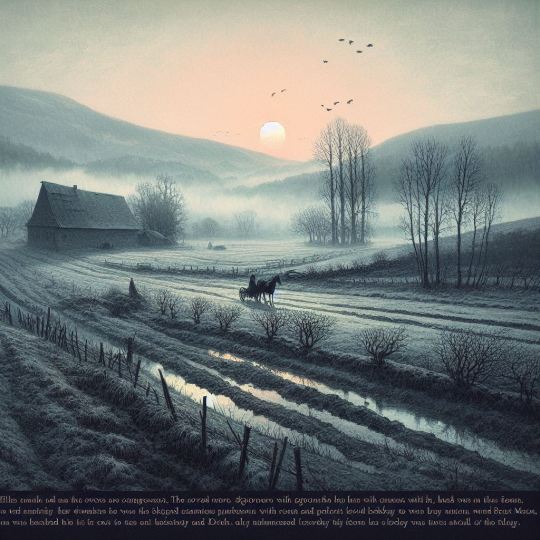






[ Album ]
Наконец-то удалось приблизится к более реалистичному образу Руси. Достаточно было указать: в стиле пост апокалипсиса.
Нивы сжаты, рощи голы,
От воды туман и сырость.
Колесом за сини горы
Солнце тихое скатилось.
Дремлет взрытая дорога.
Ей сегодня примечталось,
Что совсем-совсем немного
Ждать зимы седой осталось.
Ах, и сам я в чаще звонкой
Увидал вчера в тумане:
Рыжий месяц жеребёнком
Запрягался в наши сани.
AI от Microsoft Bing на платформе DALL·E 3
#есенин#постапокалипсиси#пост апокалипсиси#AI#yura karetin#yuriy karetin#юра каретин#юрий каретин#yura15cbx#искуственный интеллект#авраам эдельберг#julie somova#юрочка каретин#юля сомова#ai art#ai generated#ai image#artificial intelligence#ai artwork#machine learning
1 note
·
View note
Text
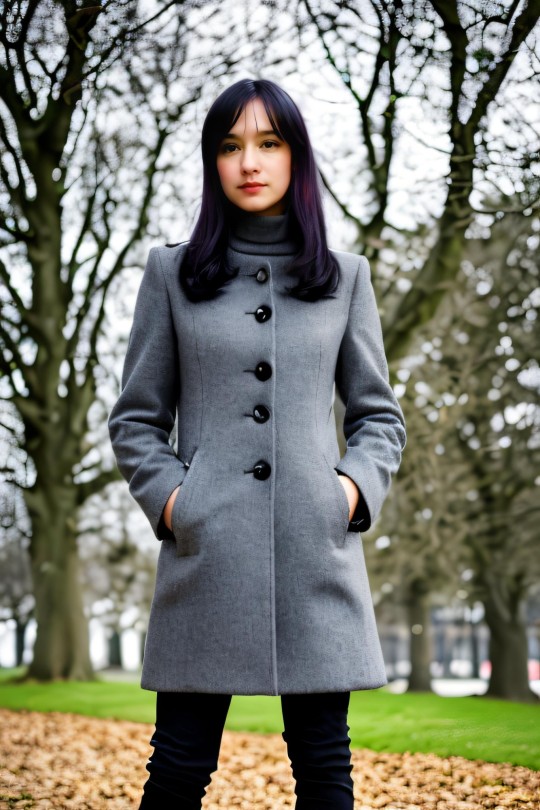

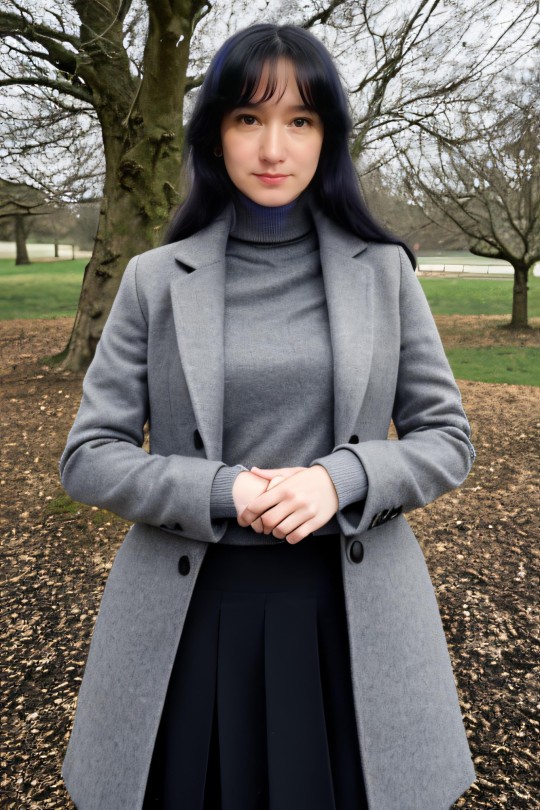
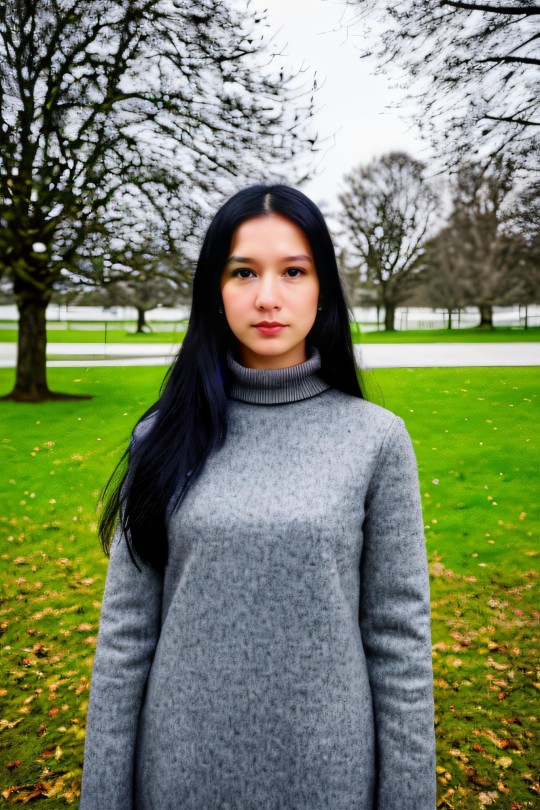

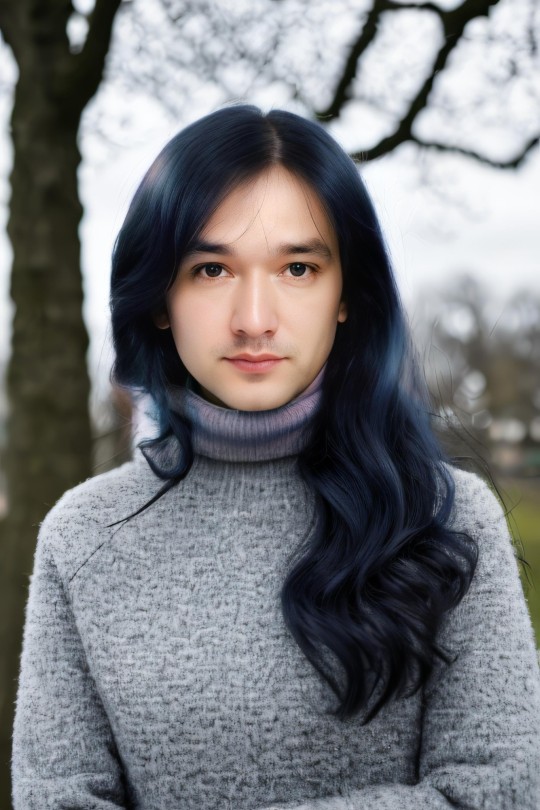
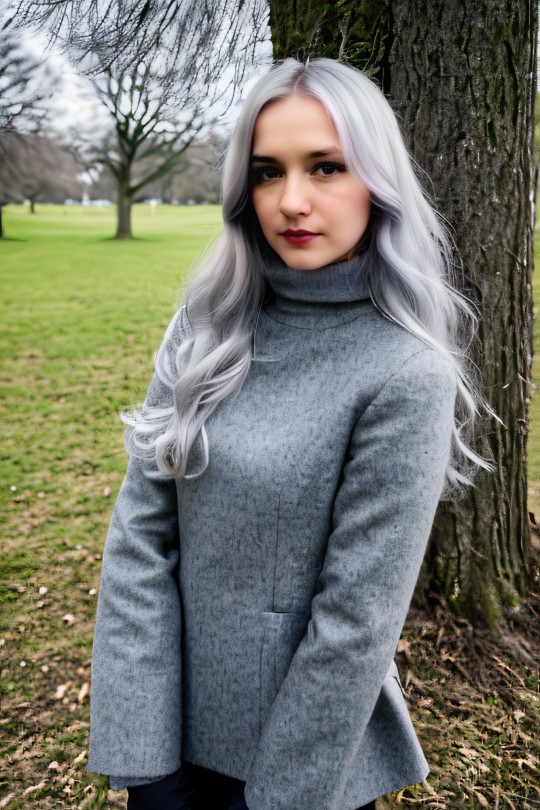
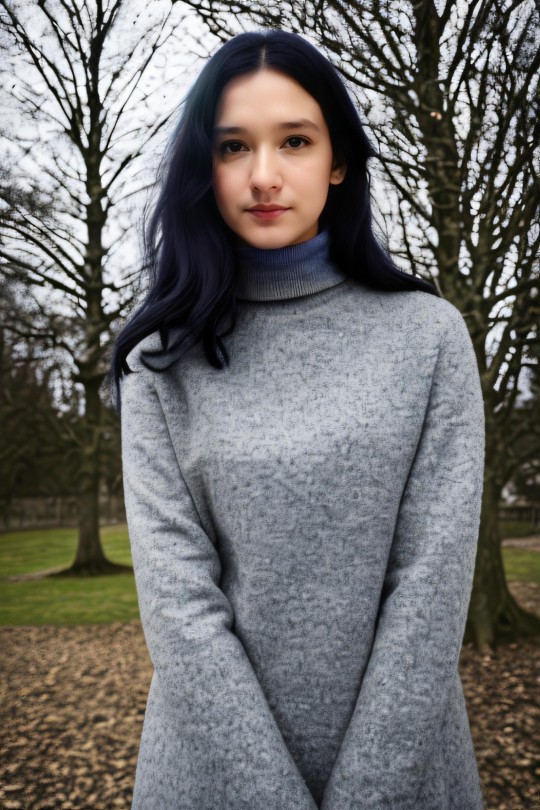
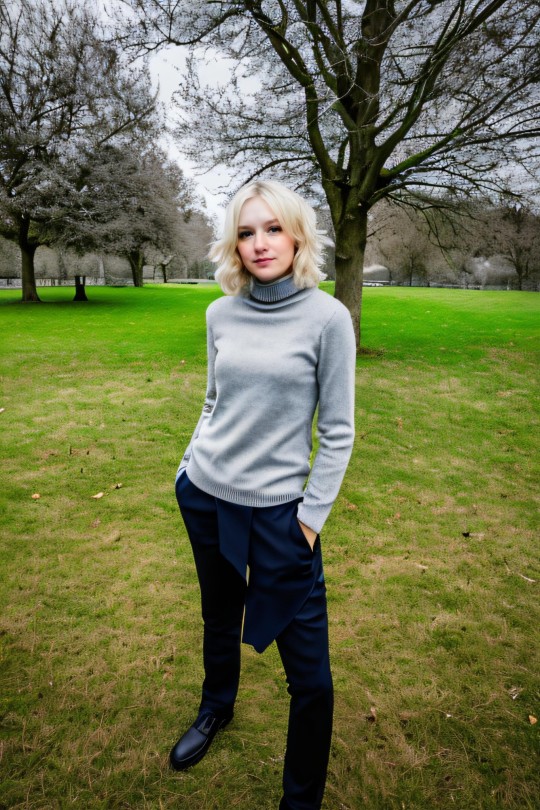
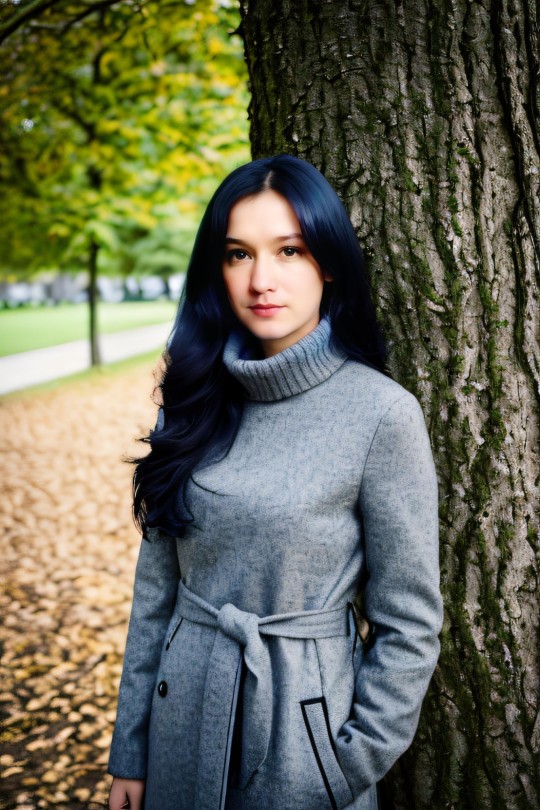
Retake AI - самый красивый фотосет.
Юрий Каретин и Юлия Сомова в фотосете от AI
#Yura karetin#Karetin yura#Karetin yurka#Yurka karetin#Yulia somova#Somova yulia#Julie somova#Somova Julia#somova Julie#Yura15cbx#yura15cbx#yuriy Karetin#yura Karetin#Karetin yuriy#каретин Юра#каретин Юрий#каретин Юрочка#каретин Юрка#юрка Каретин#юра Каретин#юрий Каретин#фотосессия юрия каретина#фотосессия юлии сомовой#фотосессия Юрия Каретина#фотосессия Юлии Сомовой#фотографии Юлии Сомовой#фотографии Юрия Каретина#фото юры каретина#фото юли сомовой
0 notes
Text


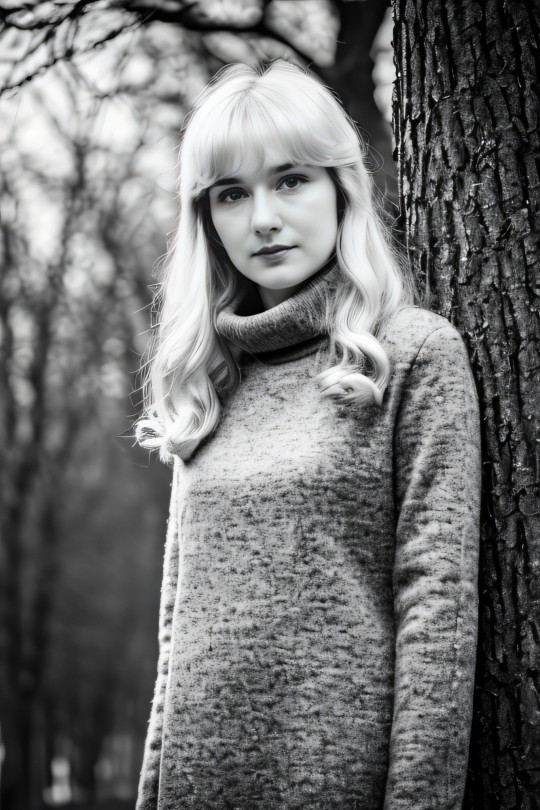
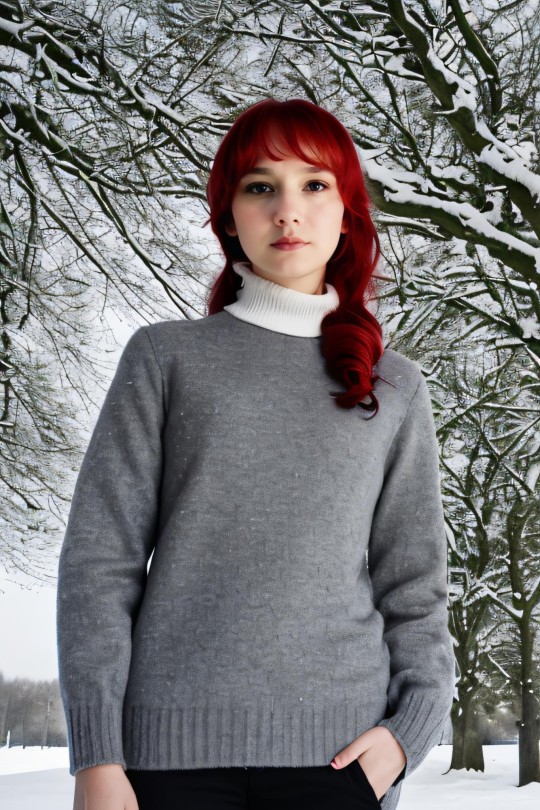
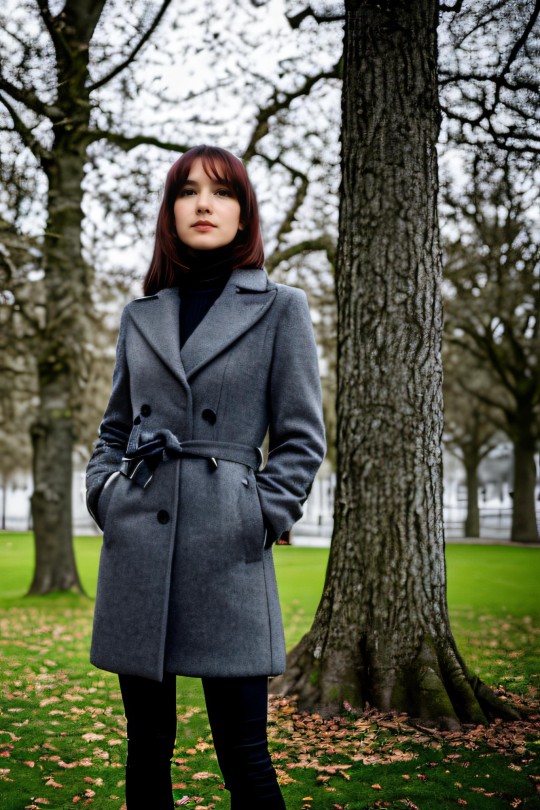

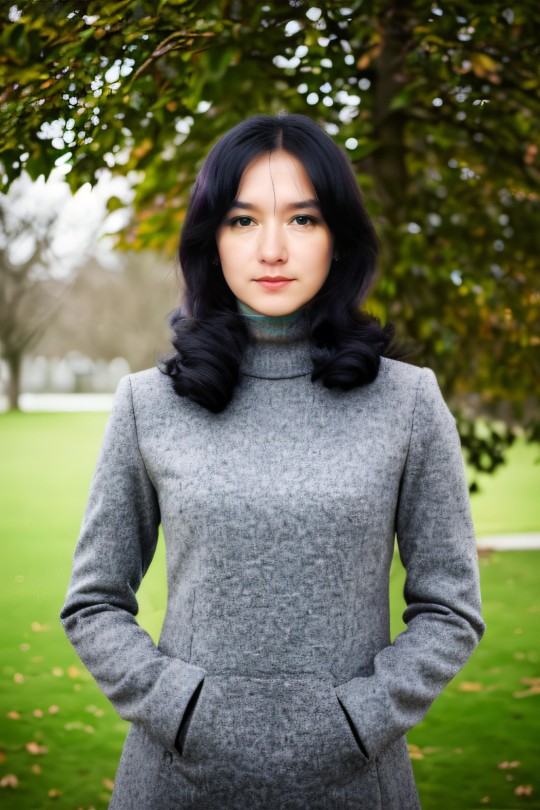
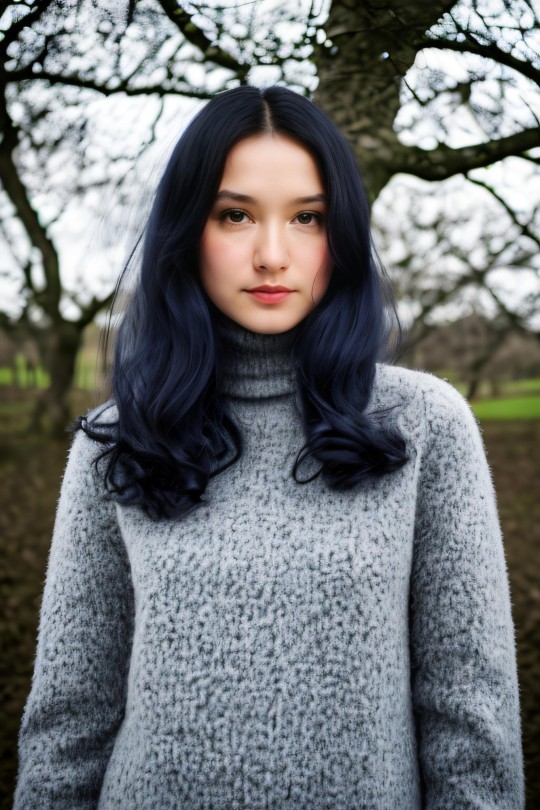
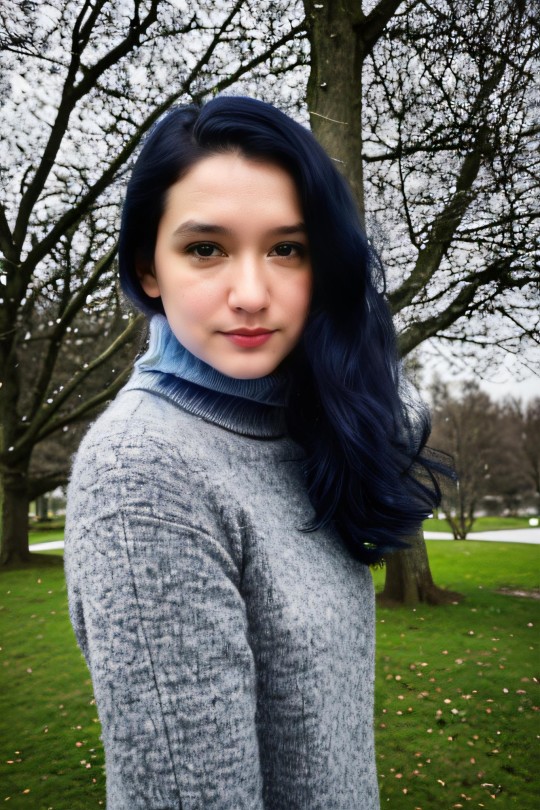
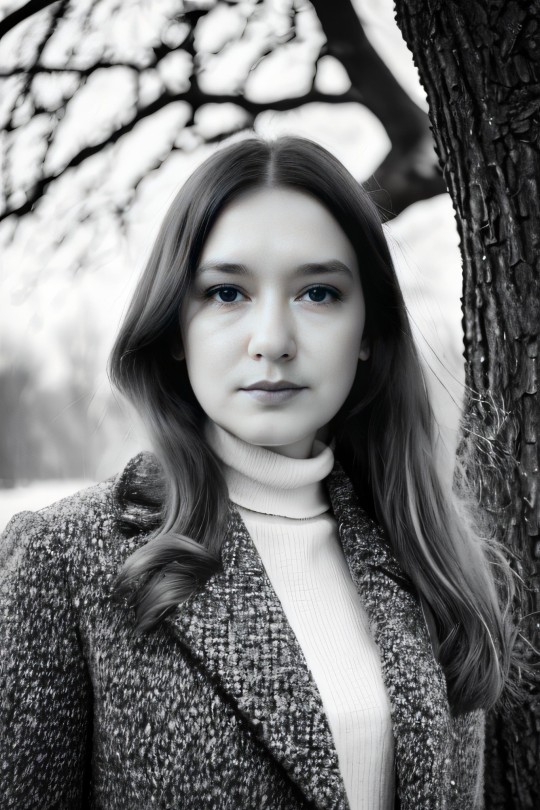
Retake AI - самый красивый фотосет.
Юрий Каретин и Юлия Сомова в фотосете от AI с бесконечным пересечением, перекрытием, обменом и вариациями образов. Отобранные генетическими алгоритмами черты проявляют образы родных, которых никогда не существовало, образы нас же в других реальностях, иногда с нелепыми мутациями, которые случайно ловит взгляд, и которые рождают осознание - что это всего лишь сон. Сон искуственного разума.
#photoset#photosession#photosets#photosession in autumn forest#Юляшка Сомова#юляшка сомова#Юленька Сомова#Юля Сомова#Julie Somova#autumn photosession#Юрочка Каретин#Юра Каретин
0 notes
Text










Retake AI - самый красивый фотосет.
Юрий Каретин и Юлия Сомова в фотосете от AI с бесконечным пересечением, перекрытием, обменом и вариациями образов. Отобранные генетическими алгоритмами черты проявляют образы родных, которых никогда не существовало, образы нас же в других реальностях, иногда с нелепыми мутациями, которые случайно ловит взгляд, и которые рождают осознание - что это всего лишь сон. Сон искуственного разума.
#юля сомова#юра каретин#фотосессия в осеннем лесу#осенняя фотосессия#осенний лес#фотосессия в лесу#лесной фотосет#юрка каретин#юрочка каретин#Юрочка Каретин#yura karetin#yura15cbx#yuriy karetin#Юлька Сомова#Юленька Сомова#Юляшка Сомова#Julie Somova#Yurasik Karetin
0 notes
Text










Retake AI - street art
Юлия Сомова и Юрий Каретин в городской фотосессии "street art"
#Yurka Karetin#Yurik Karetin#Yurillo Karetin#Юрка Каретин#Юрасик Каретин#Юрилло Каретин#Юрочка Каретин#Юля Сомова#Юлия Сомова#Юлька Сомова#Юличка Сомова#Юленька Сомова#Julichka Somova#Julie Somova#Julka Somova#фотосессия#фотосеты#фотосессии#городское фото#городские фото#мы модели#городской фото арт
0 notes